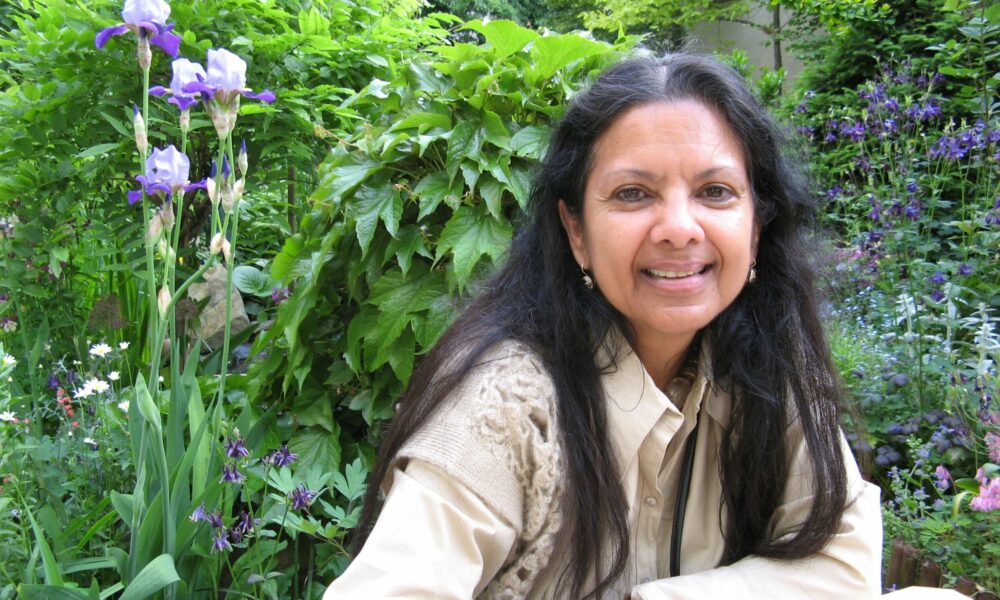

Today we’d like to introduce you to Indra Persad Milowe.
Hi Indra, we’d love for you to start by introducing yourself.
In my youth, I wanted to study art. My interest was in nature, still life, and design. I adored my high school art teacher, Mrs. Helga Mohammed. She was from Madrid and married to a Trinidadian. On my first day in her class, she wrote on the blackboard: “Art is not just a painting hanging up on a wall; art is in every aspect of your daily life.” My paintings were chosen for the high school’s yearbook for two consecutive years. At age 15, I painted from nature —orchids on a branch. At age 16, I did a still life: a display of an apple, pear, and a bunch of grapes. Those two paintings and all the incredible reviews that came with them lifted my confidence in my artwork. In my adulthood, I retired from general, ophthalmic, and psychiatric nursing in 2019. I had worked in England, Malta, Trinidad, and the United States. Through British Nurses Overseas, I was able to work in different countries. Ultimately, I decided to go back to art during my retirement, and my preferred medium is acrylic paint.
We all face challenges, but looking back would you describe it as a relatively smooth road?
Most of my ideas come to me when I am lying in my bed, so I keep a sketch book and pen next to it. I sketch my thoughts before putting them onto my canvas. I also do a lot of research before I start sketching. I left Trinidad at age 18 and am now 71 years old. I wanted to focus my artwork on childhood memories and growing up on a unique multicultural island. Weekends and holidays were spent at my grandparent’s house. There was a Hindu temple on their street, which was the community hub. There is so much that I thought I had forgotten, but the memories streamed back for my series, “Festivals and Folklore of Trinidad, West Indies.”
Alright, so let’s switch gears a bit and talk business. What should we know about your work?
I am a Trinidad & Tobago-born USA-based visual and public artist; I have done 39 exhibitions and 42 press releases. My art has been recognized internationally.
2 Public Art Exhibitions in Salem, MA – I am extremely proud to have received 2 Grants from the Public Art Commission.
15 Digital Exhibitions with the Rotunda Gallery in Trinidad & Tobago.
5 Digital Exhibitions with Art Impact International.
The rest has been with local libraries and galleries in the USA.
I have 3 art collections for exhibitions:
1) “Festivals & Folklore of Trinidad, West Indies”.
2) “My Journey to Morocco”.
3) “Beautiful Ubud, Bali, Indonesia”.
I have traveled extensively around the world and bring my travels into my art.
Please read my website: www.indrapersadmilowe.com for all my details.
Is there anything else you’d like to share with our readers?
I am very attached to my “Moko Jumbie” (2019) painting. A moko jumbie (also known as moko jumbi or mocko jumbie) is a stilts walker or dancer. Moko means healer in Central Africa, and jumbi is a West Indian term for a ghost or spirit that may have been derived from the Kongo language word zumbi. The Moko Jumbies are thought to originate from West African tradition brought to the Caribbean, and they may wear colorful garb and carnival masks. They also frequent festivals and celebrations such as the Trinidad and Tobago Carnival. Moko, in the traditional sense is a god. He watches over his village and due to his towering height is able to foresee danger and evil. Africans believed he protected them during their arduous slave days. His name, Moko, literally means the “diviner” and he would be represented by men on towering stilts and perform acts that were unexplainable to the human eye.
In one remote tribe, the Moko rises from a regular man’s height to the skies fluidly with no help and descends similarly to leave others to wonder how he performed such an act. The Moko arrived in Trinidad as a man “walking all the way across the Atlantic Ocean from the West coast of Africa, laden with many, many centuries of experience, and, in spite of all inhuman attacks and encounters, yet still walks tall, tall, tall.” (John Cupid, Caribbean Beat) The idea of the Moko survived by living in the hearts of African descendants during slavery and colonial life to eventually walk the streets of Trinidad in a celebration of freedom, the Carnival. While this figure was rooted in African heritage, Trinidad adapted the figure, notably by adding on jumbie or ghost to the name. By the early 1900’s moko jumbies had become an element of Trinidad’s Carnival and this figure would walk the streets of Port of Spain and other cities protecting the city and revelers from evil. As part of his role in the Carnival, the moko jumbie would accept donations from onlookers in upper floors of buildings.
Pricing:
- $500 – $1000.
Contact Info:
- Website: www.indrapersadmilowe.com
- Instagram: indra.persad.milowe
- Facebook: Indra Persad-milowe
- Linkedin: https://www.linkedin.com/in/indra-persad-milowe-869215177/
- X (Twitter): indra.persad.milowe
- Youtube: https://www.youtube.com/watch?v=LuZUOYeMffc
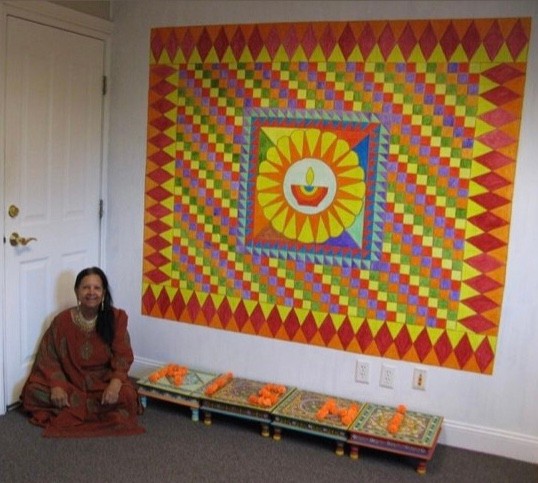
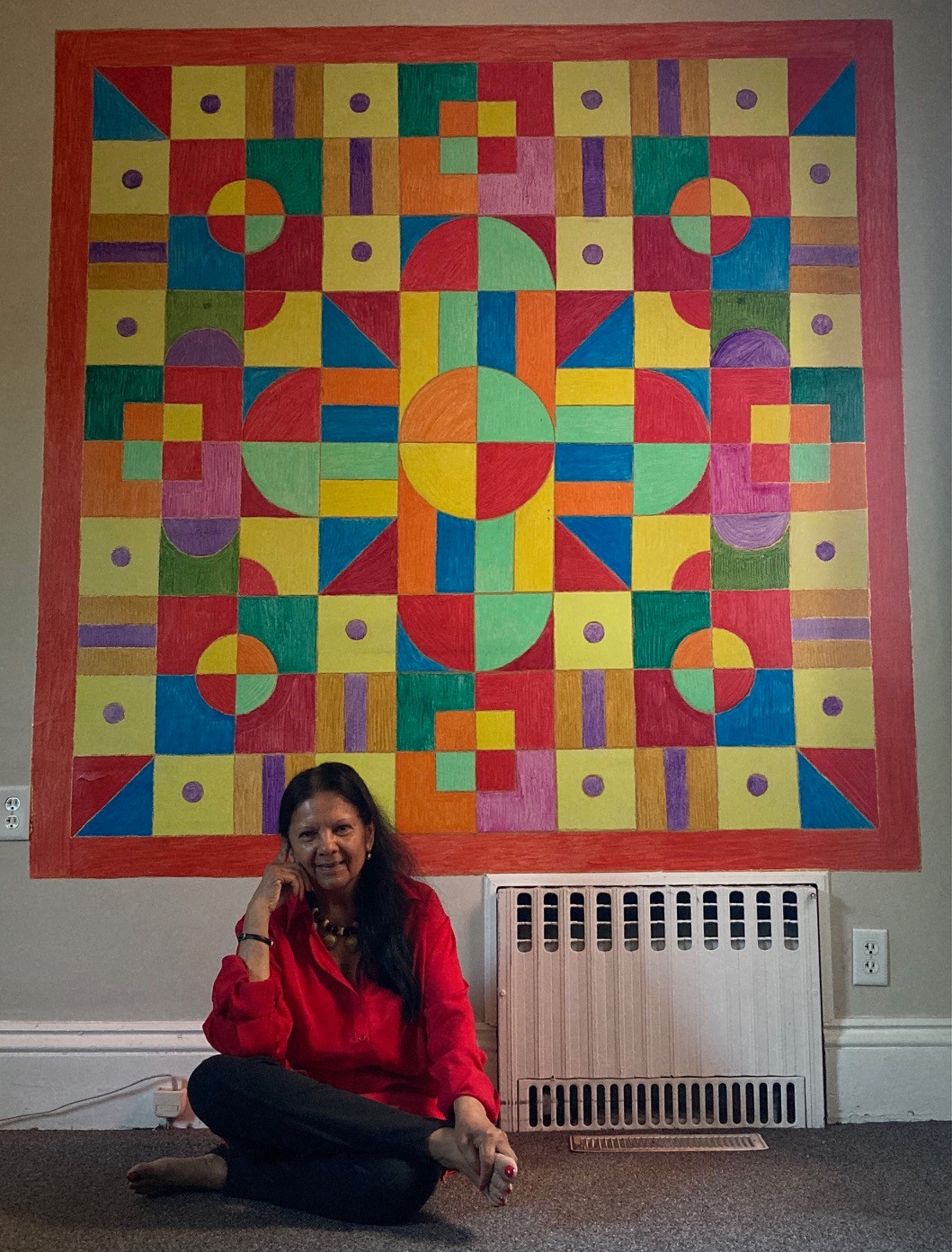
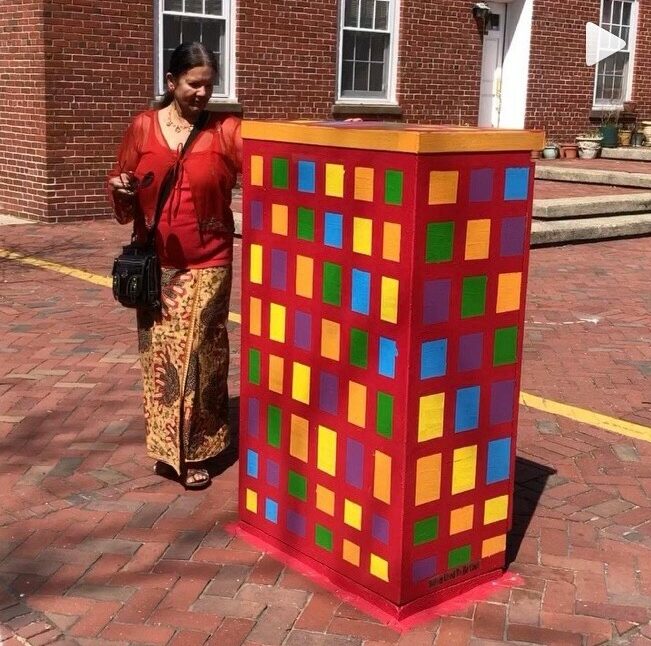
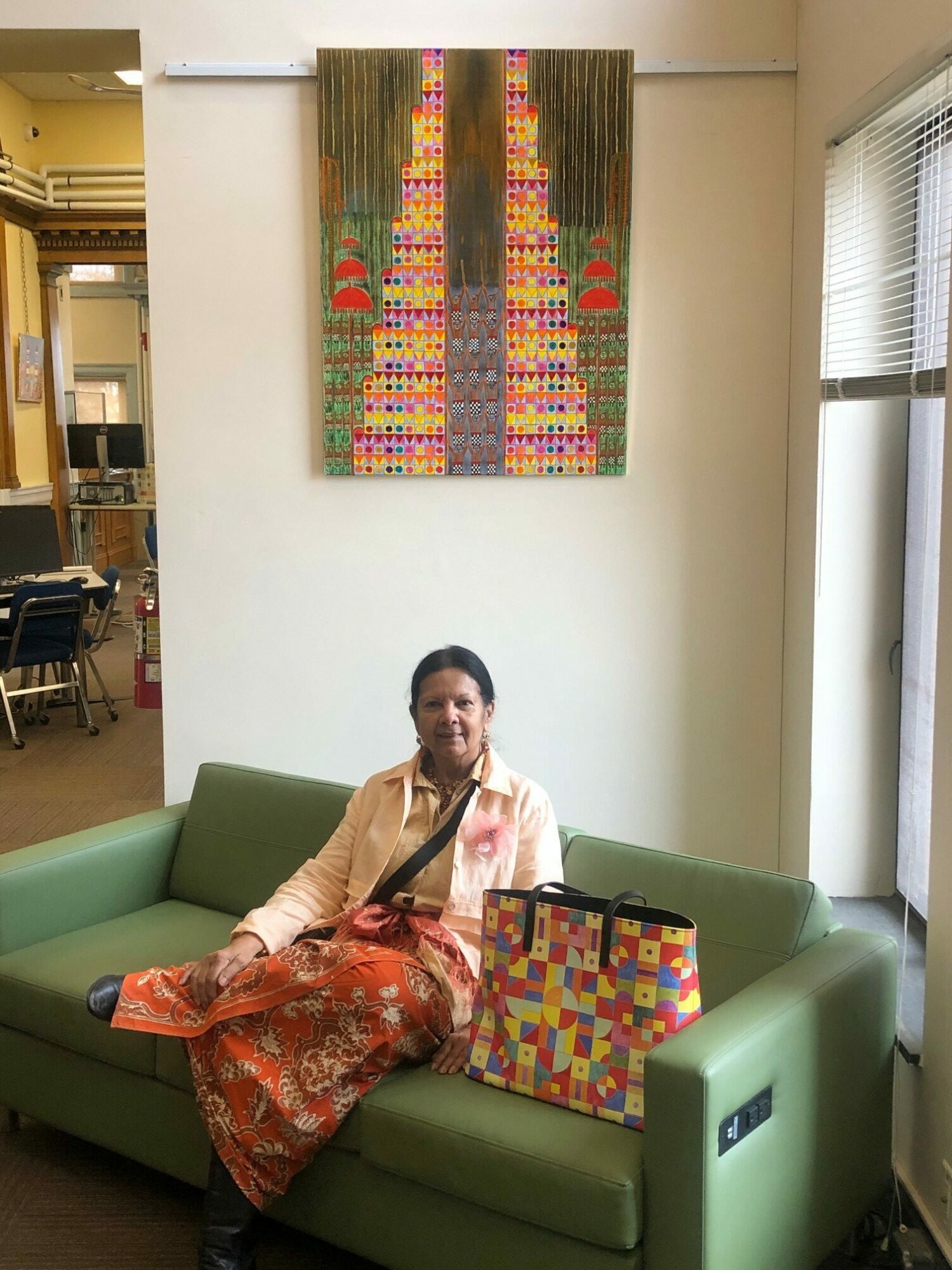
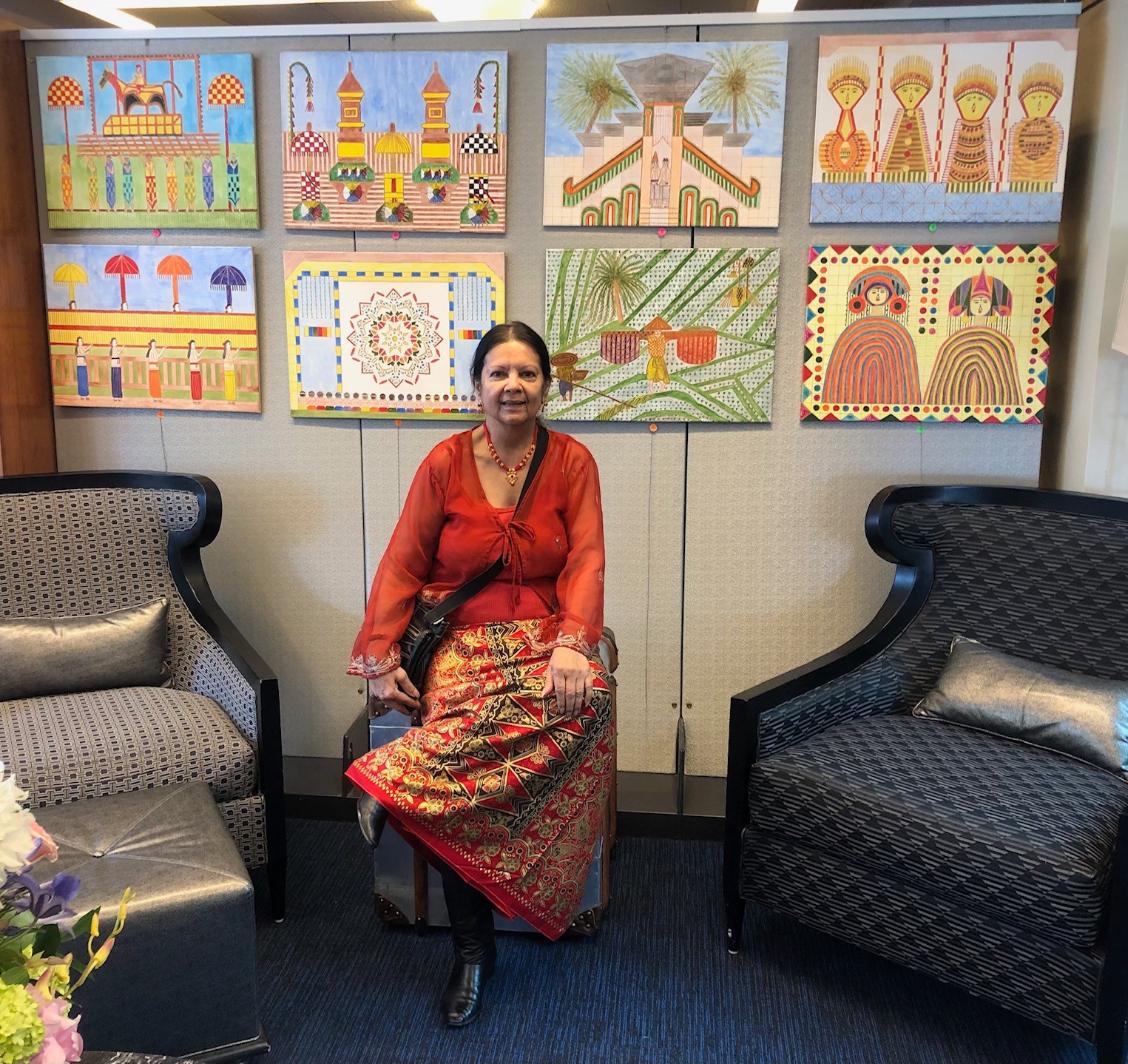
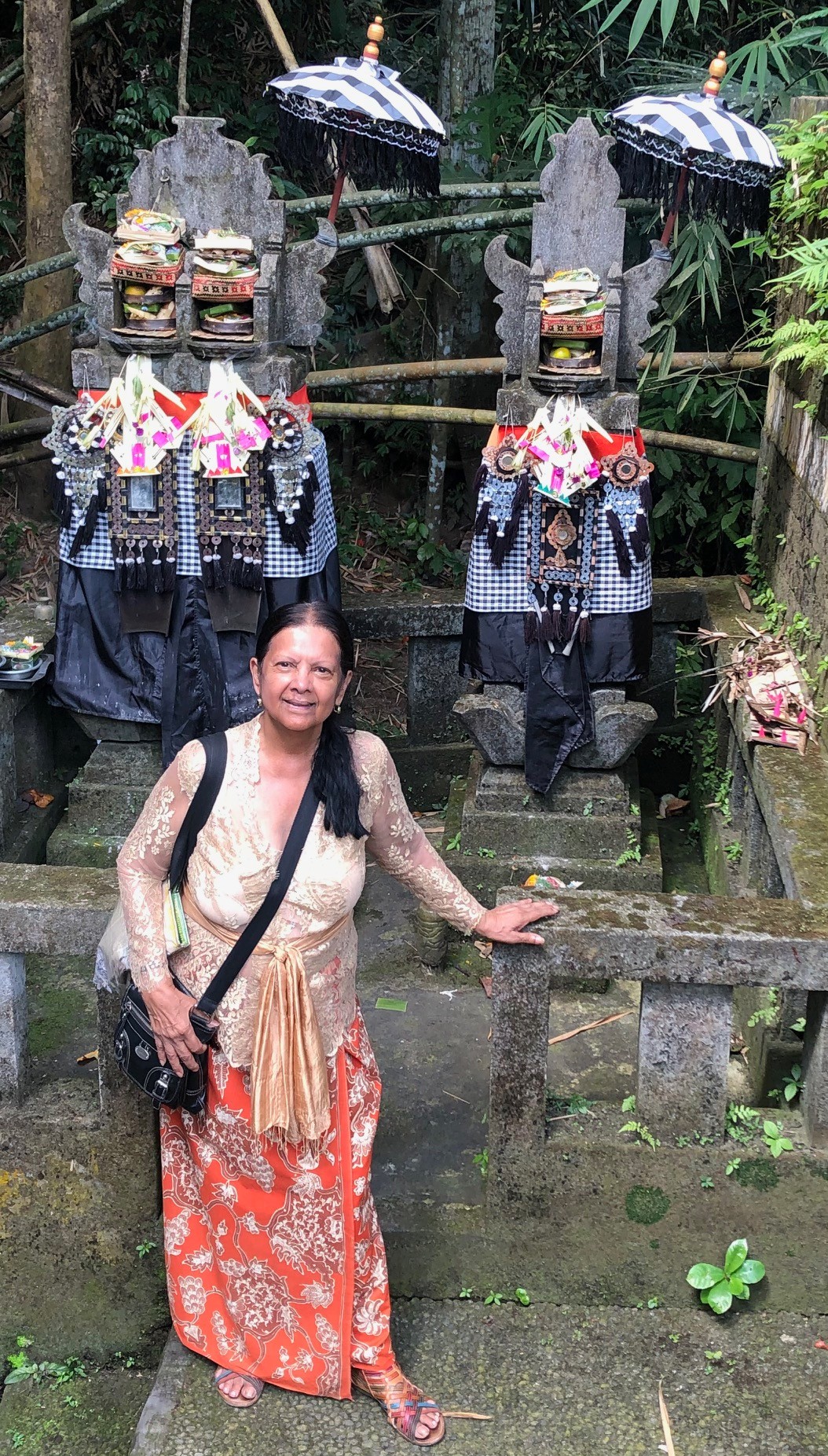
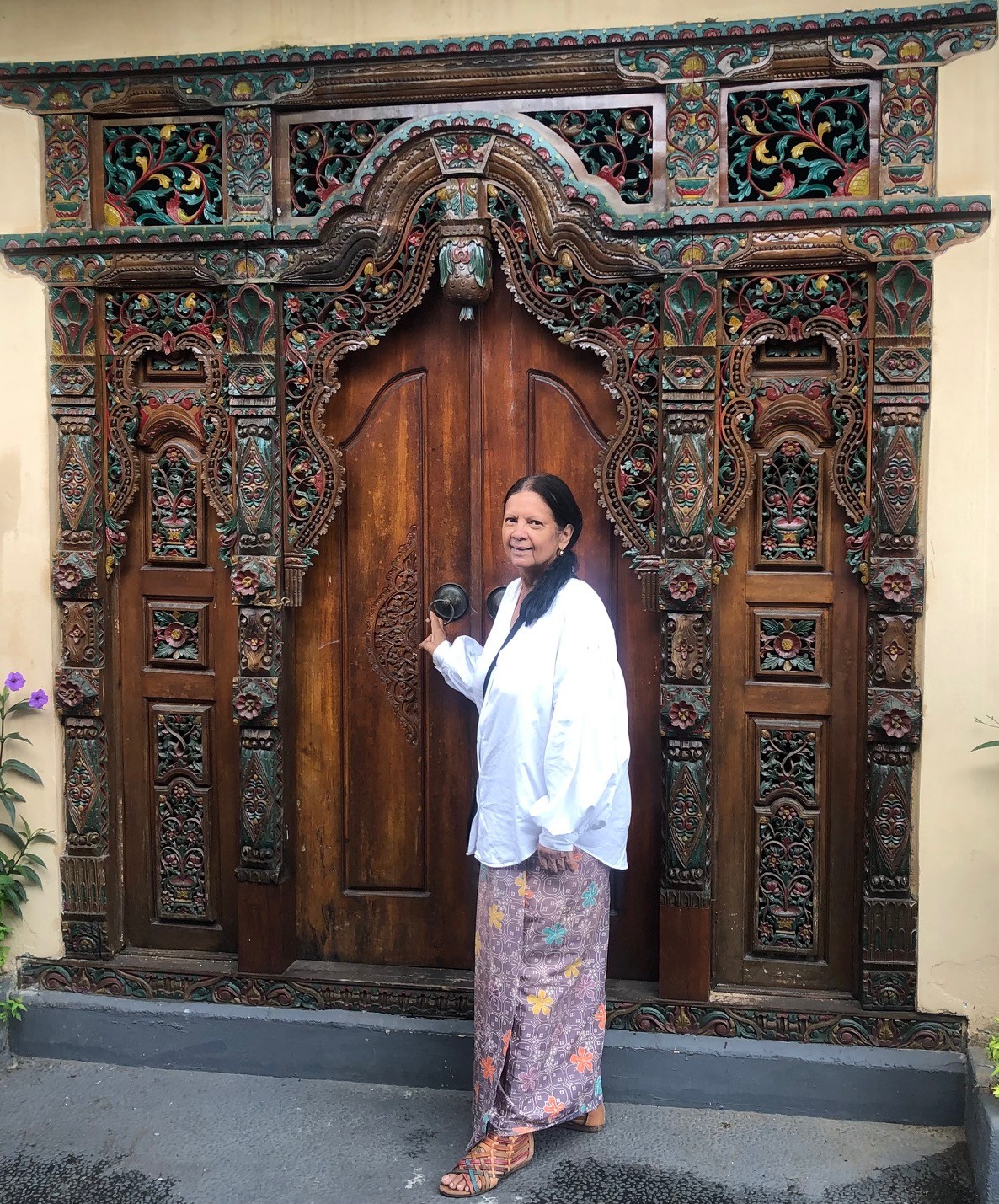
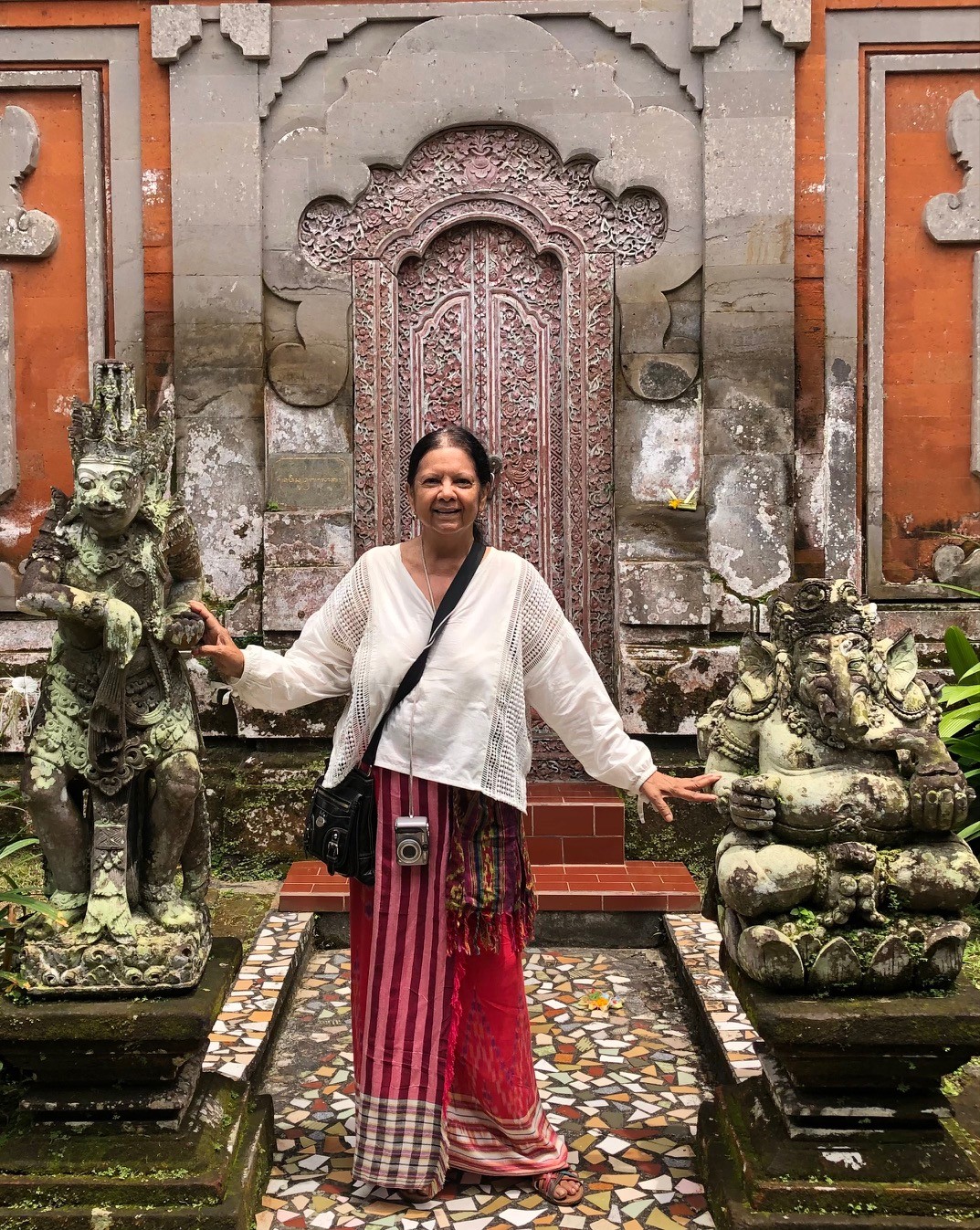
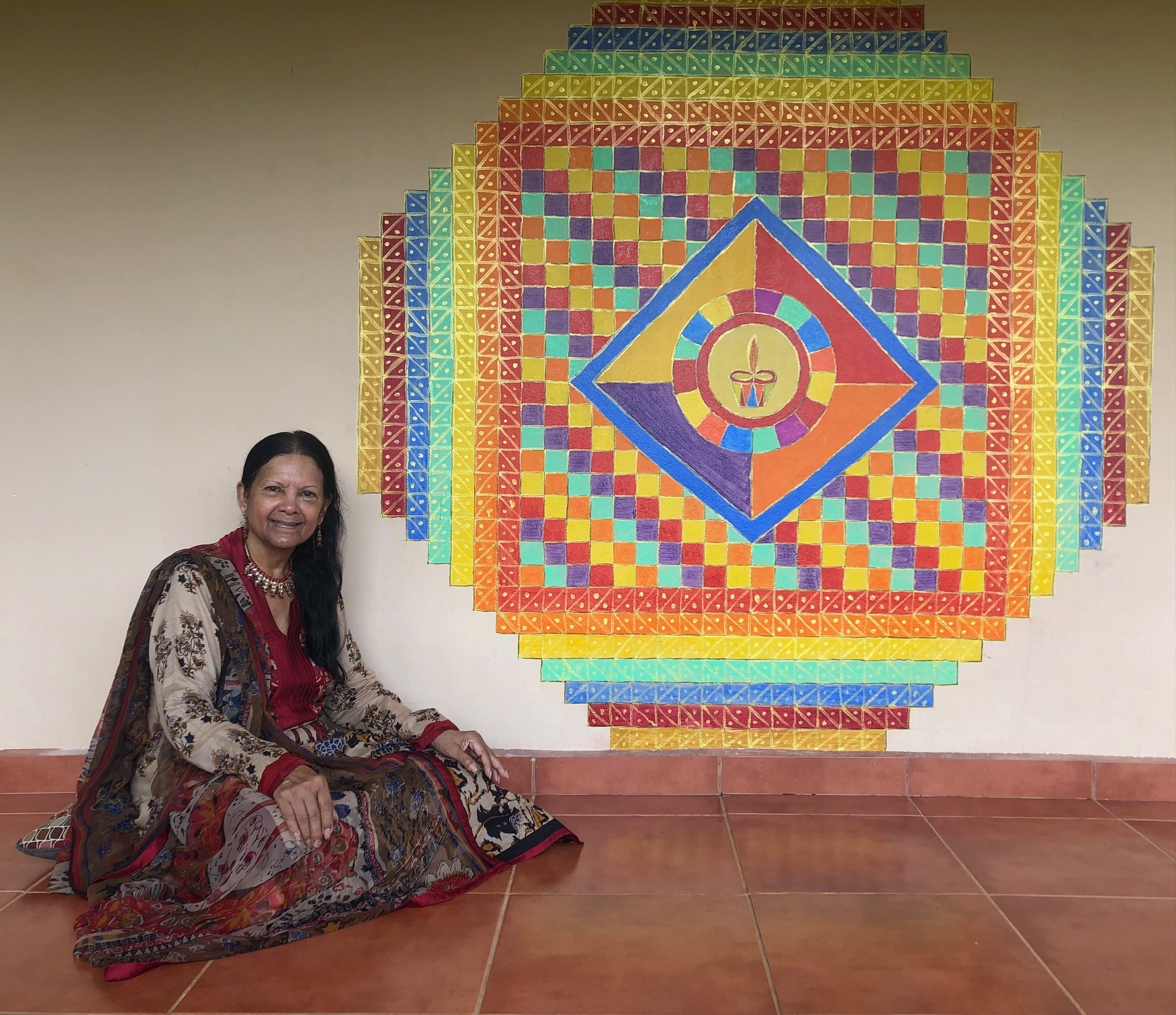
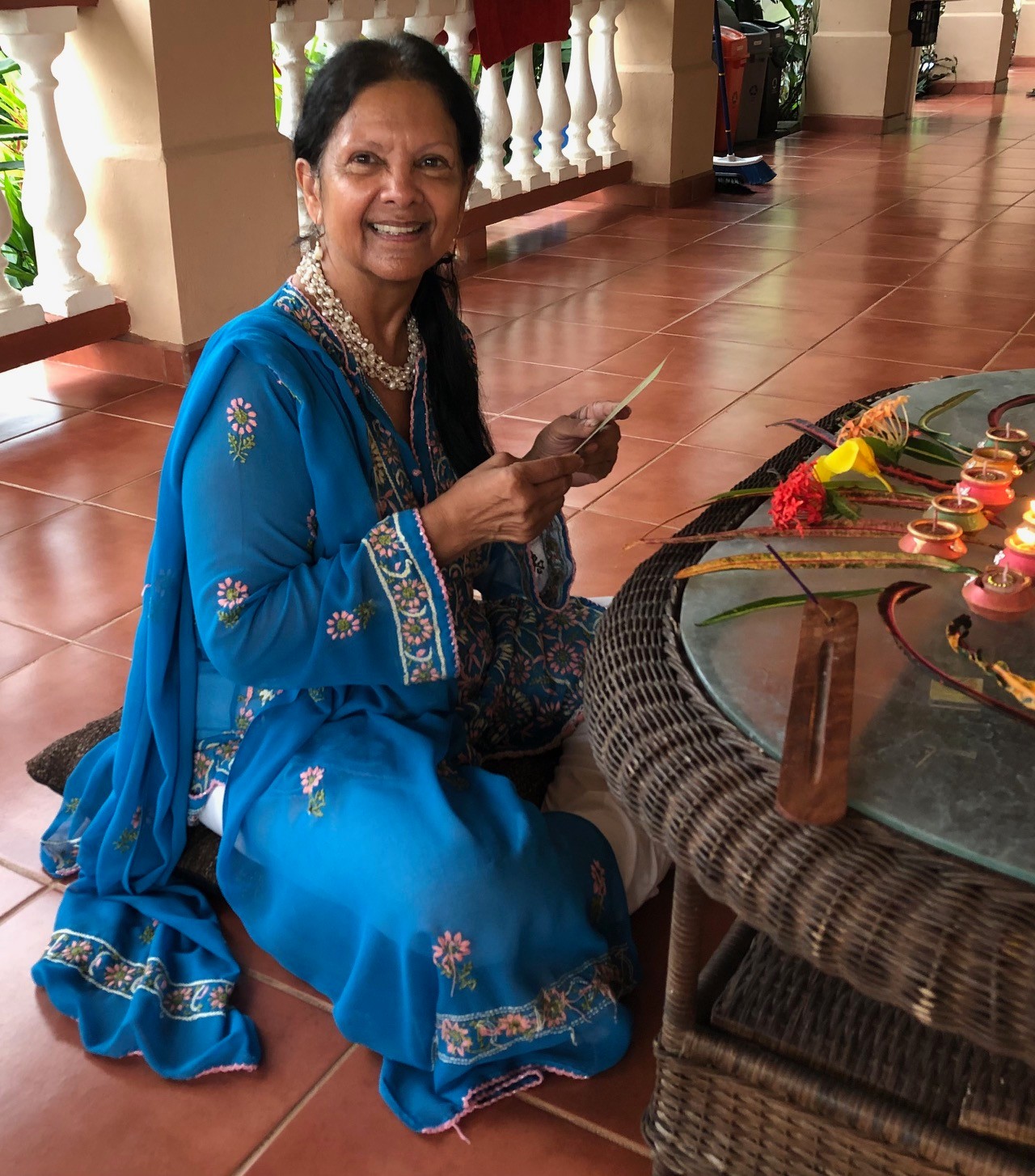
Image Credits
Lynnfield Library: https://www.youtube.com/watch?v=J7TdCa2l1Ec
My Journey to Morocco: https://www.youtube.com/watch?v=Vsxv7lZClbQ
Salem Bollards: https://www.youtube.com/watch?v=LuZUOYeMffc
Mauser Eco House: https://www.youtube.com/watch?v=GZH9VNdqKHU
Childhood Memories of T&T: https://www.youtube.com/watch?v=bBxrZrky5e0













